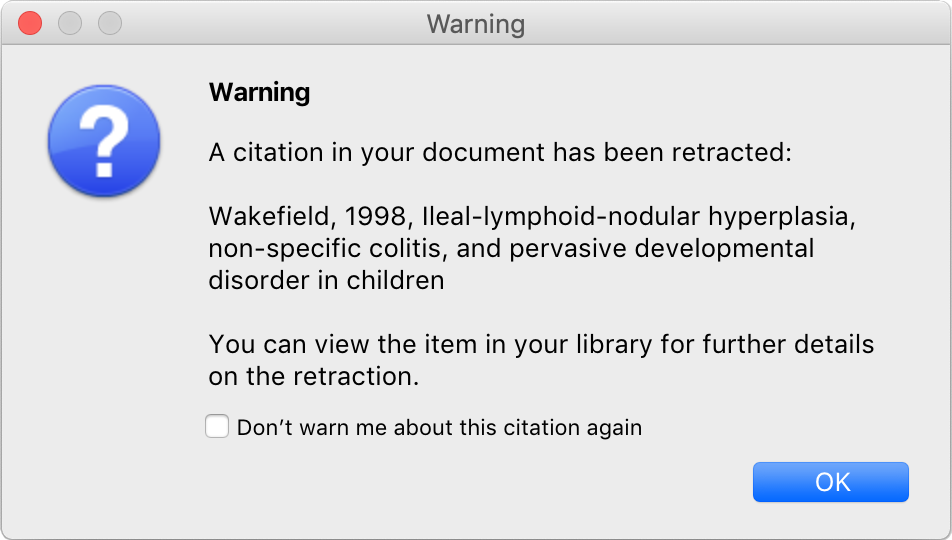

Then: from pyzotero import zotero zot = zotero. Are you accessing a shared group library? library_type is 'group'.Are you accessing your own Zotero library? library_type is 'user'.You'll also need † to get an API key here.For group libraries, the ID can be found by opening the group's page:, and hovering over the group settings link.Your personal library ID is available here, in the section Your userID for use in API calls.You'll need the ID of the personal or group library you want to access:.
#ZOTERO DOWNLOAD FROM DOI INSTALL#
pip install pyzotero or conda config -add channels conda-forge & conda install pyzotero.

#ZOTERO DOWNLOAD FROM DOI UPDATE#
Making Changes in a Zotero GroupĪdding anything or making other changes to the Zotero Group through the desktop application will update those changes to all accounts who are part of the group.Pyzotero: An API Client for the Zotero API Quickstart Through using the “Sync with ” button (for manually updating) or setting up a scheduled time through its Setting, Zotero will update the collections, items, and notes in the Zotero Group from the cloud to the local version. Joining a group adds the library to an account. Private groups require asking to join and the creator of the group allowing the user to join. If a group is public, anyone can joining without asking permission. Note: Groups are either public or private. Groups are joined through either searching for them or through a direct link to the group. Zotero groups are managed through its website and require having an account. They allow for annotating works between different parties, collaborating on citations, or simply organizing resources around a theme or topic for easier sharing. They share collections, items, and notes. Group Libraries provides a way to synchronize collections across accounts. The last, right-most pane contains information about an item (when selected) or the text content of a Note (when selected). Items (those things in a collection) are in the middle.

Returning to the move from left-to-right across Zotero, collections are in the first pane. Zotero gives the user the ability to add their own information to items in their collections to better organize their thinking and connections between works. When thinking it terms of books and articles, “notes” are literally that: notes.

Notes: textual information added to items. Through different models and citation formats, Zotero has structures for 30+ types of items including the more general books and articles to even things like podcasts and law statues. It is often useful to think of collections as “folders” containing the items within them. When working with Libraries, these are “collections” of things. These can be books, articles, documents, maps, or anything else Zotero understands. It’s helpful to begin to understand these terms before seeing how they connect to each other.Ĭollections: a set of items. Like many programs, Zotero has its own terminology for things. Note: Moving left-to-right across the program visually in Zotero means getting more specific about an item. When first opening Zotero, it will have three main areas: the Library, its contents, and information about a particular entry.


 0 kommentar(er)
0 kommentar(er)
